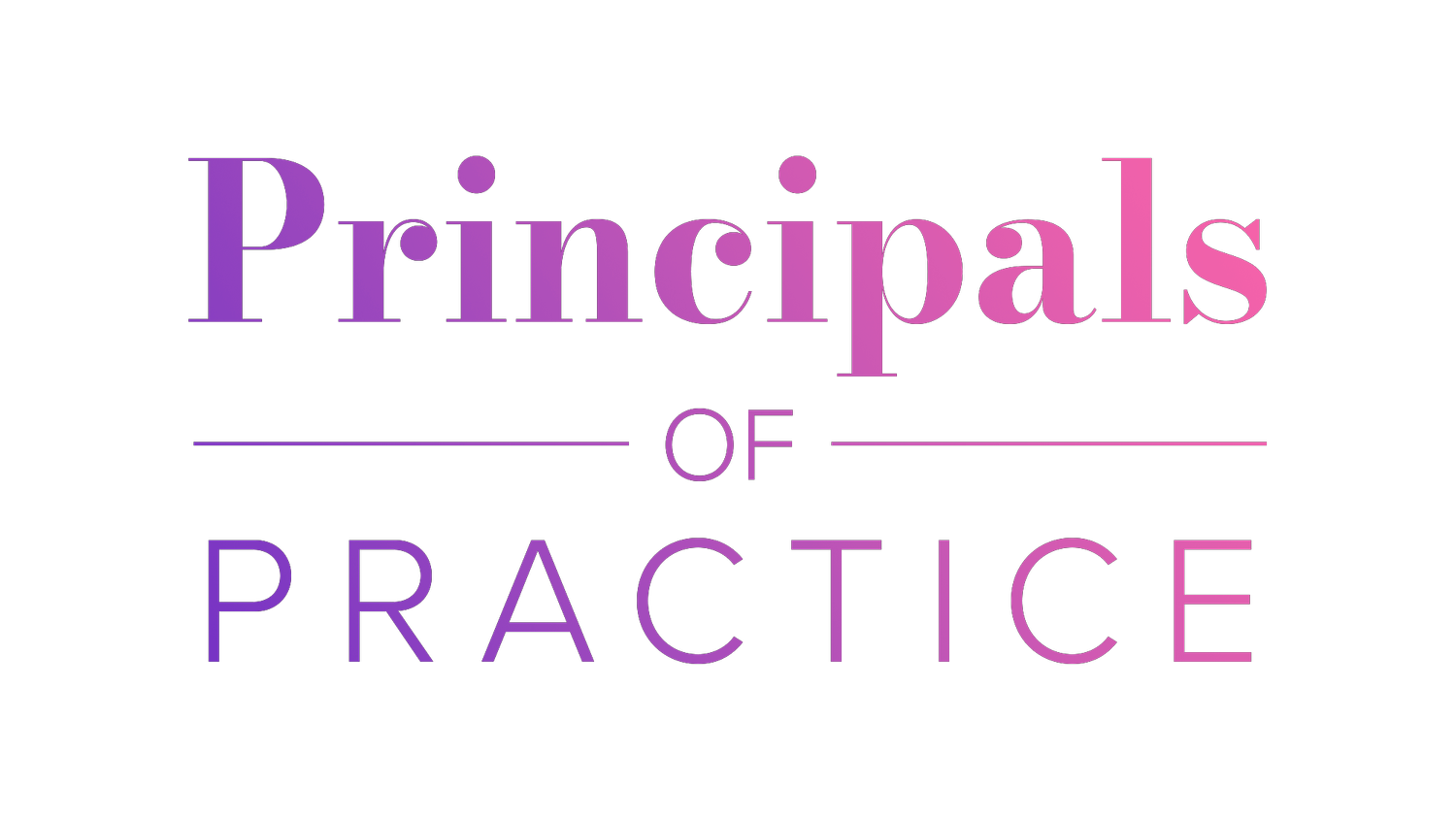Optimism: Not half empty; perhaps half full, but certainly in the process of being filled
A number of people have said I’ve demonstrated considerable resilience both in my personal and professional life. When I was delving into resilience as part of my work I was bemused by how fundamental optimism is to having and developing resilience. This baffled me because I’d never considered myself an optimist (in fact a close friend called me a catastrophist and some have referred to me as a pessimist).
Then I realised I’d been limiting the scope of optimism to “being positive about the present”, which brought back memories of well-intentioned comments like, “stay positive” “chin-up” “smile” and my favourite, “just don’t think about it, think about something else”. None of these sat well with me.
What optimism really means
It helped to learn that optimism is defined as “hopefulness and confidence about the future or the success of something.” This definition resonates with me far more than the notion of “being positive” because it clarifies that it is not about pretending the present is okay or easy, but rather believing that it will be okay in the future, or taking the view that success has been achieved, albeit perhaps in a different form than you’d initially intended. This, I realised, is consistent with how I have approached many situations in my life.
Optimism is not denying reality, but instead, accepting it for what it is and planning how to navigate it.
Optimism is finding success in a situation whether learning through failure or coming to a just result.
Most importantly, optimism is truly believing that I can overcome hardships.
The belief that our hardships and setbacks are temporary is key to building and developing resilience.
Many others must also be limiting their understanding of optimism because I stumbled across this very issue being discussed by Simon Sinek. https://youtu.be/roDLXM70du0 and I wondered:
How might we be able to help cultivate optimism in others, particularly lawyers who are trained to identify risk, and who, like me, might not always be described as being overly positive?
How might optimism be used to combat feelings of helplessness and unfairness during the pandemic?
3 helpful tips for optimising optimism
1. Realistic characterisation of the situation: Notice if you have a tendency to expect the worst outcomes or bury your head in the sand or deny reality (really listen to what you say to yourself and others when you are in the thick of it). Assess whether this tendency is really helping you or others and see if you can devise a more realistic characterisation of the current situation.
For example: “I am really angry about getting a pay cut, it doesn’t seem fair to me because I’m working as hard as ever. I need to think about what I can do or what I might be able to ask for to make this more acceptable both now and in the long run.”
Or, in the context of managing a team through a difficult deadline: “Meeting this deadline is really tough right now but we are very likely to get through the work if we are efficient and limit our scope to a high-level report of critical issues.”
2. Optimisitic mantra: When leading a team through a difficult period remember that emotions are contagious. Your optimism, or pessimism, has the power to spread. There are many tactics for developing optimism, one being the use of an optimistic mantra.
Identify a phrase or some language to call on that is meaningful and authentically expresses how you feel when you are hopeful about an outcome. The phrase that resonates with me is, “This too shall pass.” I would much rather speak those words while struggling through something than gritting my teeth and faking, “I love this.” For me, “This too shall pass” works because I am usually simultaneously working on a strategy to navigate the situation. The key is to find something that works for you and feels genuine.
3. A case for empathy: While it’s great if you can project optimism, there is also a place for empathy when dealing with others who don’t see the situation the same way, or are not in the space to be optimistic.
Sharing your mantra with someone who is struggling might create further disengagement as it is unlikely to be an empathetic response. In order to foster connection (something many of us are craving during the pandemic), empathise first. As Brene Brown says: “Rarely does an empathetic response begin with ‘at least’.” Saying, “At least you still have a job” to someone who is struggling with extreme stress during the pandemic is not communicating empathy. Saying things in an attempt to make something better is not being empathic.
Empathising involves recognising an emotion in another person and communicating that you can recognise that emotion. It sounds like, “I can see how upset you are”, “I know how hard this must be for you” or “I’m so sad this has happened.” It does not sound like, “Look on the bright side…”.
Being open, non-judgmental and really listening is likely to be more important than any ‘advice’ you give.
While most lawyers are not described as being super-positive people, they can apply the skills they use in their work to develop optimism during the pandemic and beyond. You may very well find that you are more optimistic than you think!
Identifying risks will come naturally to most lawyers. Assessing the risk is akin to adopting a realistic characterisation of the situation. Adopting an optimistic mantra might sound like a novel idea but I’d invite you to really listen to what you typically tell yourself or others when you are building motivation to press on in a difficult situation.
And last, but not least, everyone can benefit from practicing empathy.

